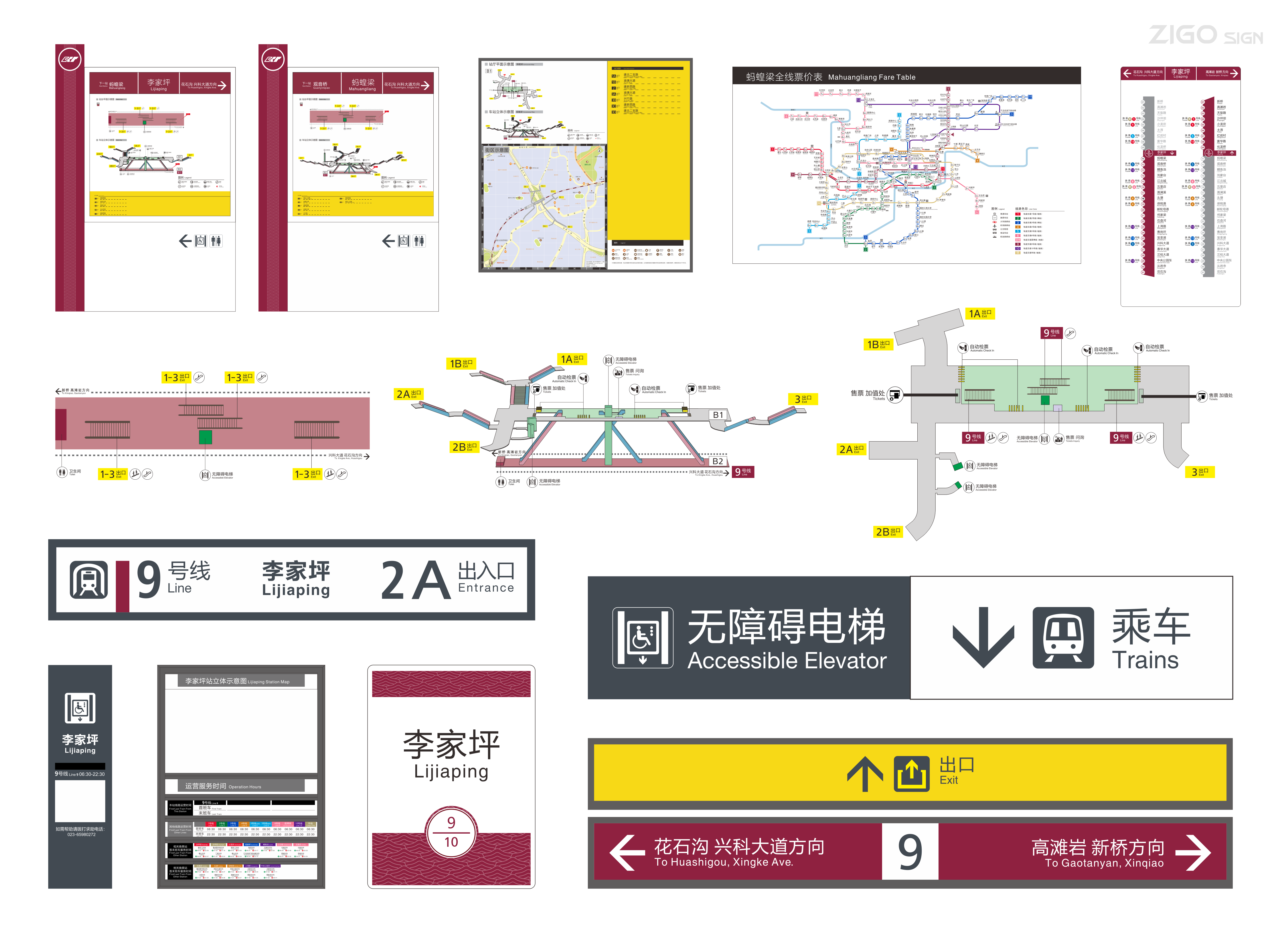With the improvements of technologies related to urban public transports, subway signage will undergo a sculptural and technological shift. This paper focuses the future of subway signs, integrating digital displays and interfaces, as well as eco friendly materials. The expansion of a city’s population and the growth of its public transport set a challenge for the local authorities to communicate to the passengers with effective signage.
The first most important issue is that new technologies allow to drastically enhance the town's subway signage through the use of digital displays. For many passengers, waiting at a subway station is often more time consuming than traveling on the train. To enhance their experience, modern subway systems are utterly replacing static signs with dynamic digital display screens capable of showcasing train schedules, service interruptions, unexpected delays, etc. This change benefits both passengers and subway managers because it increases users experience and improves communication efficiency. With modern display signage, the circulating information can be changed in milliseconds which guarantee that data received by commuters is most recent.
Next, a comfortable interface is becoming an essential element in the design of subway signage. As people with widely diverse culture use the subway, it’s imperative that the signage is not only smart but simple too. This must integrate, but is not limited to, multiple interfaces depicting simple clear images and easy to understood layouts. Universal user experience will increase the speed of traveling within a city while reducing the amount of confusion that comes when trying to navigate through the subway system.
A more sustainable approach is also essential when considering the future of subway signs. As the environment becomes more of a concern, subway systems have started searching for ways to lessen their carbon emission. This ranges from the use of eco-friendly materials for signs to energy efficient technologies. For instance, as well as saving energy, using digital signs that run on solar energy can serve as an operational cost reducer.
Lastly, the use of augmented reality (AR) technology will undoubtedly enhance the way passengers engage with subway signages. In tandem with the proliferation of mobile phones came AR-enabled applications, which give commuters the opportunity to obtain further details of the journey using their devices. These details may encompass interactive maps, points of interest adjacent to subway stations, as well as tailor-made travel recommendations. With increased usage of AR, subway systems will be able to provide users with a more comprehensive and exciting experience.
To summarize, the future of subway signs rests on the fusion of technology and materials. The incorporation of digital displays, appealing user interfaces, green materials, and AR technology will serve to optimize the subway system’s service delivery to its passengers. The constant growth of metropolitan areas intensifies the need for good quality signage, and the fulfillment of this need will put transit authorities in a position where they will be compelled to implement new ideas and methods for innovation.
Signage in the subways will greatly impact how people travel in coming years. Integrated technologies and aesthetic innovations provide further opportunity for better communication, sustainability, and design. It is crucial for transit authorities to adapt to certain trends that would enhance the experience of the passengers.

